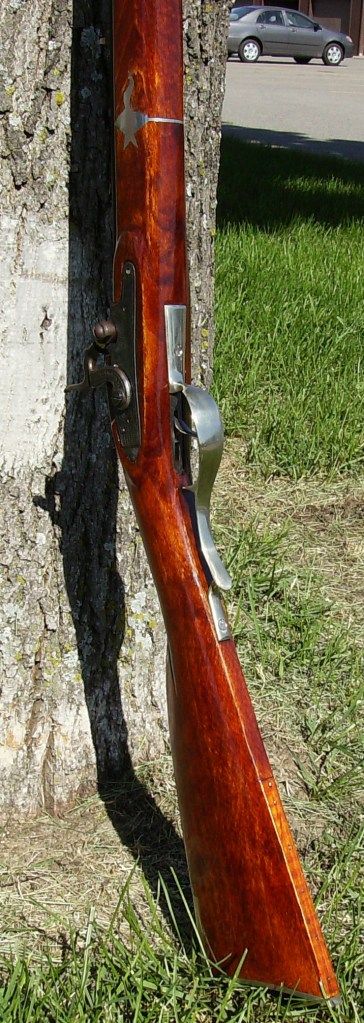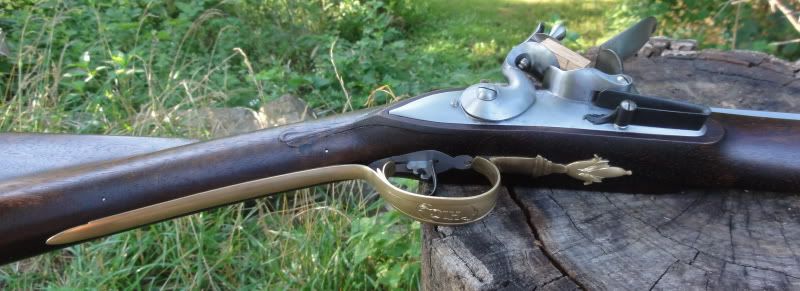ken.clements
40 Cal.
- Joined
- Dec 12, 2010
- Messages
- 452
- Reaction score
- 0
I could get a rifle where the owner in a “do it yourself” mad minute (finely) sandblasted parts on the rifle”¦barrel bands, lock, trigger assembly”¦. :youcrazy:
To get these parts shiny again in a tumbler, what material and size of granulate would I need?
Is there another way to get them shiny again?
Hand polishing would be pretty much impossible because of the angles, corners, and curves..
To get these parts shiny again in a tumbler, what material and size of granulate would I need?
Is there another way to get them shiny again?
Hand polishing would be pretty much impossible because of the angles, corners, and curves..








